Tests and procedures
- Roisin Callaghan, Stroke Nurse Specialist
- 7 minute read
- Last updated: September 2023
After having a stroke or a TIA (transient ischaemic attack), you will need to have different tests and procedures. These tests help the stroke doctors understand what has happened and decide on the best treatments for you.
Below is a rundown on some of the more common tests and procedures you might have after a stroke or TIA.

Emergency procedures
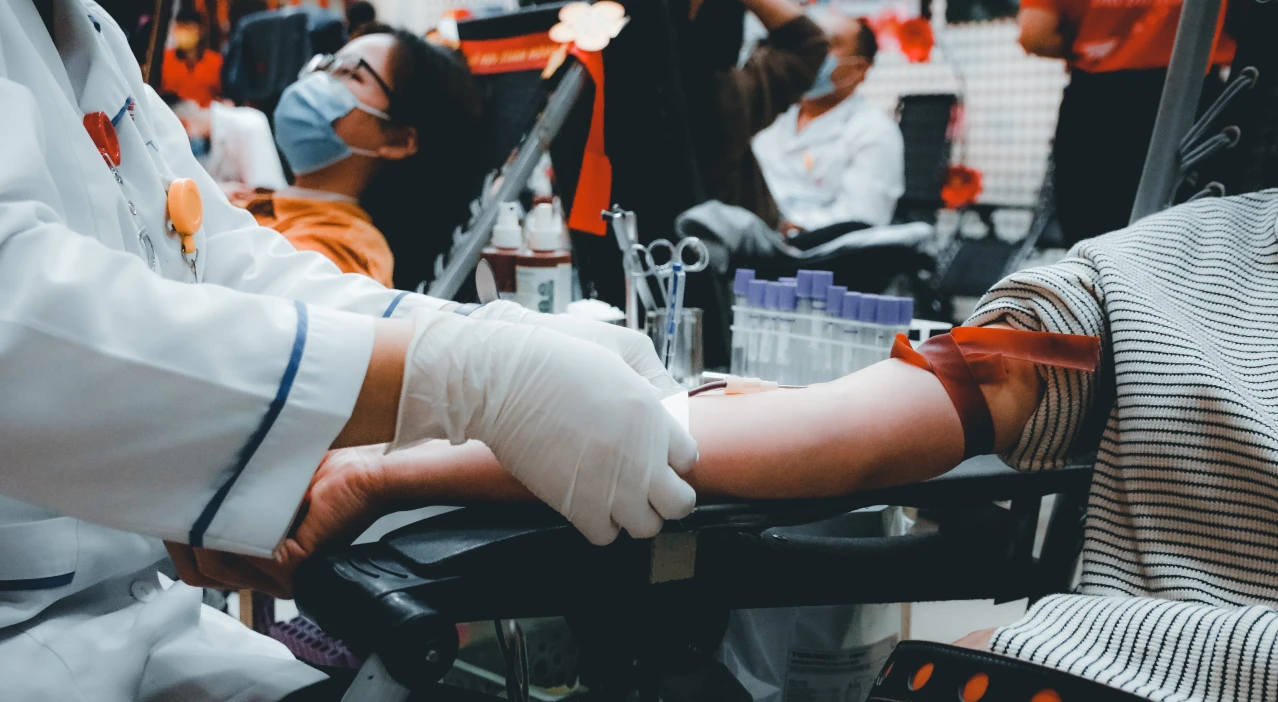
If you have an ischaemic stroke you may need emergency treatment to remove the clot that caused it. The quicker you receive treatment, the better your chance of recovery. This is why it is important to call 999 as soon as you recognise any signs of stroke.
Treatments for a clot in the brain (ischaemic stroke)
1. Thrombolysis | Clot-busting medicine
This medication dissolves the clot and helps restore blood flow in the brain. It is time sensitive and needs to be given as soon as possible, typically within four and a half hours of the first signs of your stroke. Thrombolysis is not suitable for everyone. If it is not suitable for you, the stroke doctors may decide on other treatment options, like a thrombectomy.
2. Thrombectomy | Clot removal surgery
This is a surgical procedure where the clot that caused your stroke is removed from your brain. The doctors will insert a specialist device into your body and guide it to the site of the clot, removing it. If the doctors decide you need a thrombectomy, you may be transferred by ambulance to the closest hospital that can carry it out. In Ireland, this procedure is carried out at two hospitals – Beaumont Hospital and Cork University Hospital.
Treatments for a bleed in the brain (haemorrhagic stroke)
Bleeding control and blood pressure management
If you have a bleed on the brain, your stroke medical team will focus on controlling it. This is done with medicine that will help control your blood pressure. Surgery may be needed in some cases to repair bleeding blood vessels or to relieve pressure on the surrounding brain tissue related to the bleeding.
Brain and body imaging
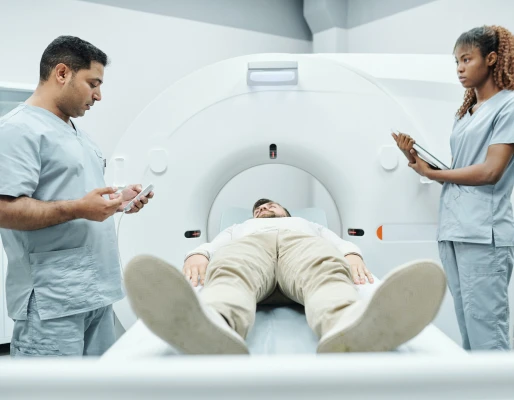
CT or CAT scan
This scan uses x-rays to create detailed images of the brain to show which type of stroke you have had. You are asked to remove any metal that you are wearing (jewellery, glasses, hair clips), as it interferes with the scanner. The CT machine will then move around your head, collecting the images. The scan takes around ten minutes.
Video: See this video of what happens in a CT scan from Southwest Medical Imaging.

MRI scan
This scan creates an in-depth view of the brain and neck. It is useful for diagnosing damage from a stroke. Unlike a CT scan which uses radiation, the MRI machine uses a strong magnetic field and radio waves to make a 3D image of the brain. You enter the scanner head first and lie on your back on a bed that moves back and forth. You will be given headphones, as the MRI machine is noisy. The scan takes around 30 minutes.
Video: See this video of an MRI scan from Southwest Medical Imaging.
Contrast dye medicine and CT or MRI scans
You may need contrast dye medication to make the CT or MRI images clearer. This can give you a warm feeling in your body and a metallic taste in your mouth.
Roisin Callaghan | Stroke Clinical Nurse Specialist |

Carotid Doppler scan
This scan uses ultrasound (sound waves) to examine the blood flow through the carotid artery – a blood vessel in the front of your neck. This scan looks for narrowed or plaque-filled carotid arteries, which increase the risk of stroke. It takes around 30 minutes.
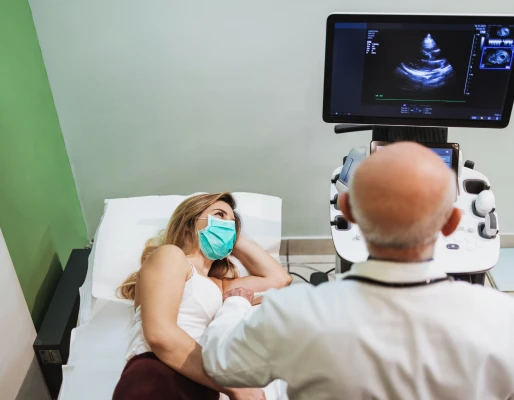
Echo scan or echocardiogram
This ultrasound scan is used to look at the heart and nearby blood vessels. It looks at how blood flows through the heart's pumping chambers. The echo scan sends out high-frequency sound waves that create echoes when they bounce off different parts of the heart. Images of the heart will be displayed on the ultrasound screen.
Heart (cardiac) rhythm tests
Short-term heart tests
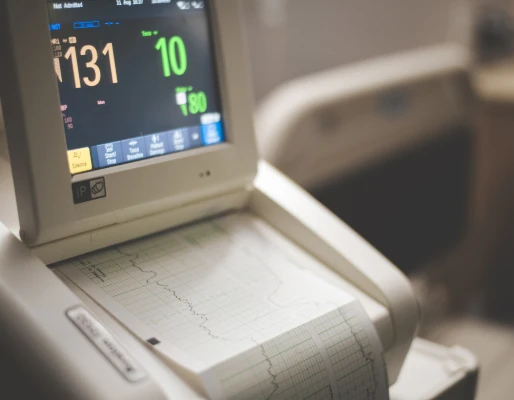
ECG Scan or electrocardiogram
This is a simple test to capture the heart’s electrical activity. Stickers with gel (called electrodes) are attached to multiple areas on your chest. The electrical activity is then drawn on to a graph for the doctors to understand. It can detect:
- arrhythmias – such as atrial fibrillation (A-Fib) where the heart beats irregularly
- coronary heart disease – where the heart’s blood supply is blocked by a build-up of fatty substances
- heart attacks – where the supply of blood to the heart is suddenly blocked
- cardiomyopathy – where the heart walls become thickened or enlarged
Longer term heart tests

Holter monitor
Test duration: 1 to 2 days
This is worn either around your neck or attached to your belt. It keeps track of your heart’s rhythm by connecting to electrodes on your chest.
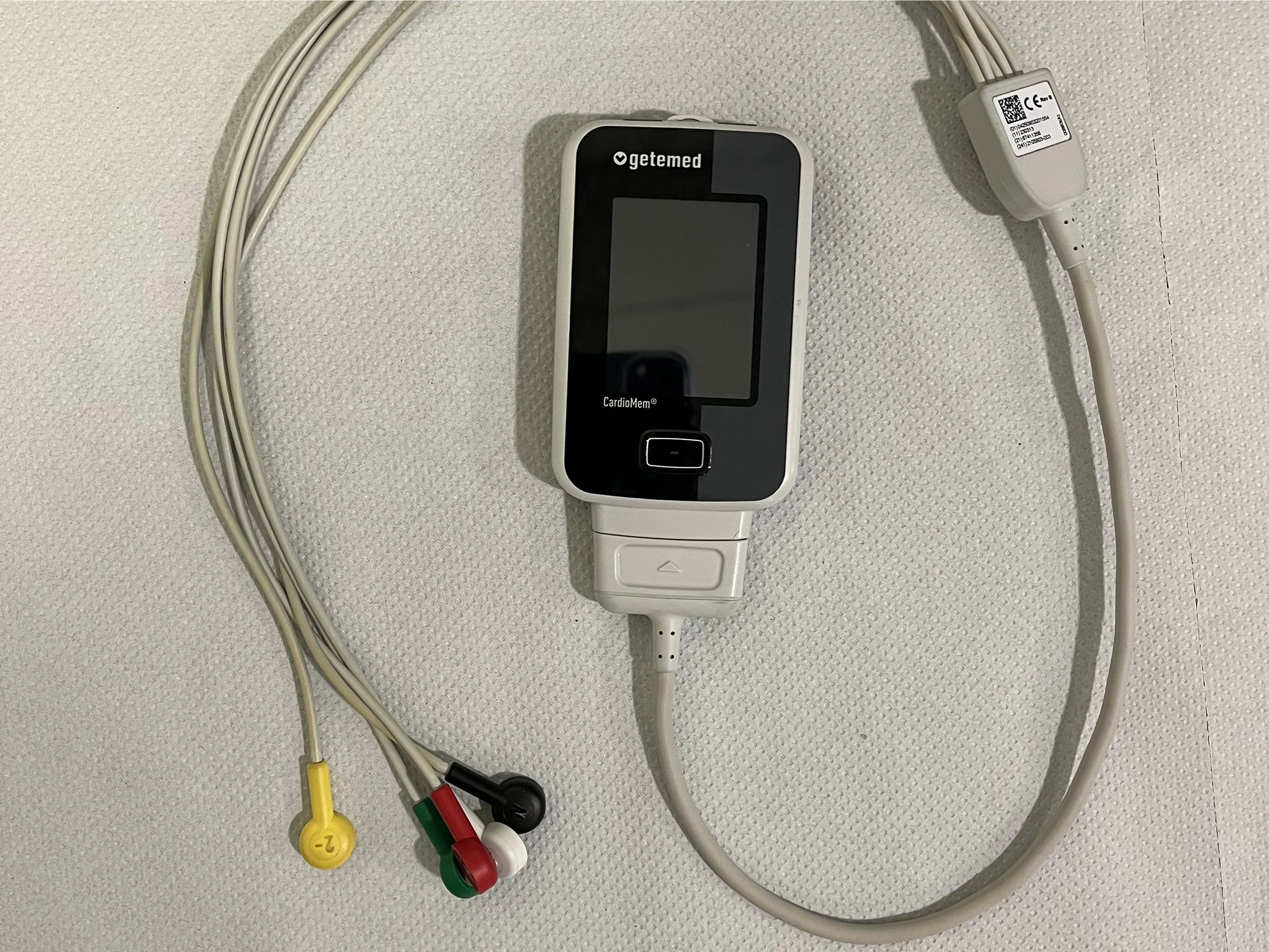
Novacor monitor
Test duration: 7 days
This is worn either around your neck or attached to your belt. It keeps track of your heart's rhythm by connecting to electrodes on your chest.

ePatch
Test duration: 14 days.
This is a wearable monitor which keeps track of your heart's rhythm. It is placed on a sticker to the centre left of your chest. You can continue to exercise and shower normally while wearing an ePatch.
Loop recorder
Test duration: typically 2 to 3 years.
A loop recorder is a small, implantable device that is placed under the skin on the chest. It records the heart's rhythm and detects irregular rhythms called “atrial fibrillation”. It is typically left in place to record for approximately two to three years.
Blood pressure tests
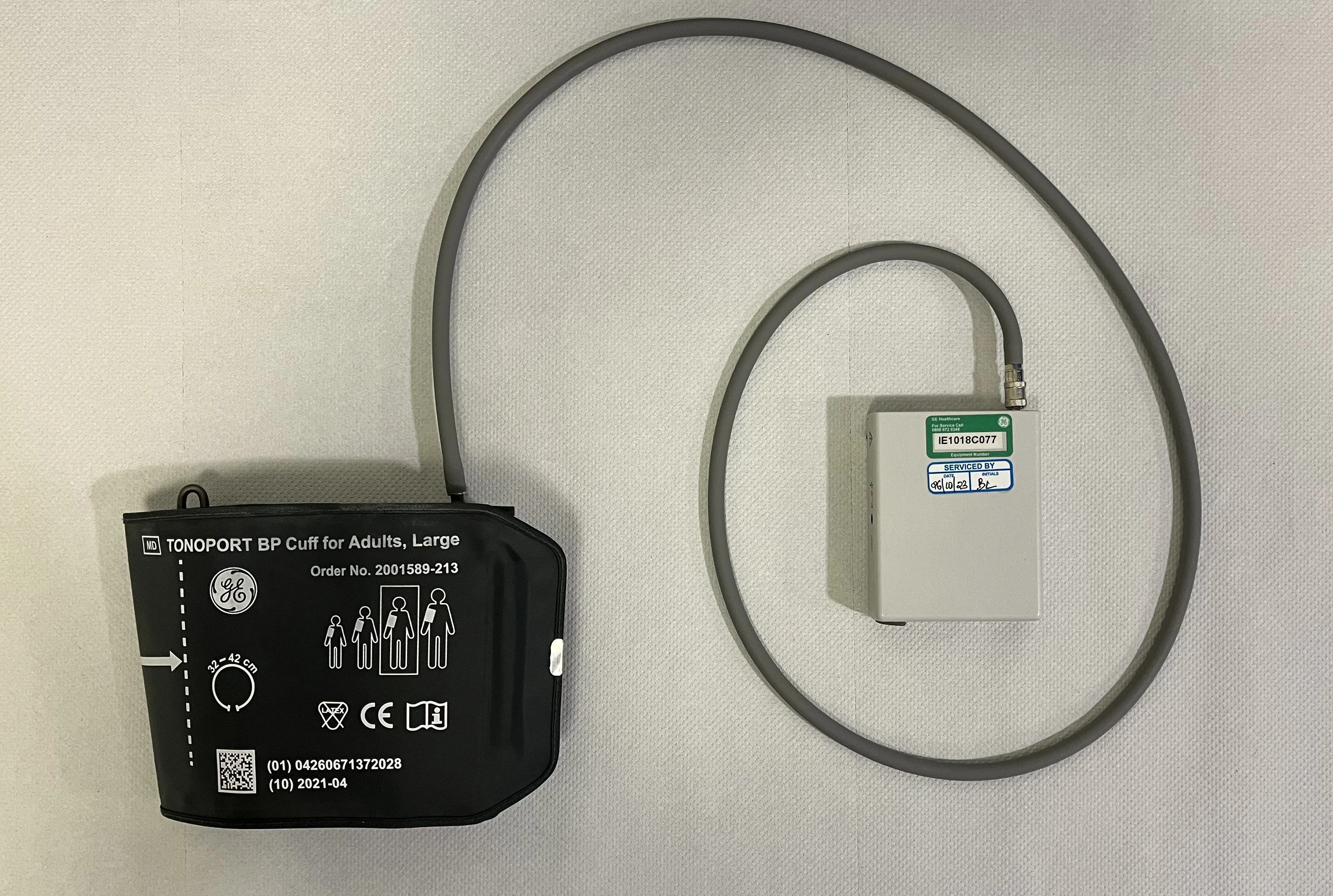
Blood pressure monitor | 24 hour AMBP
Test duration: 24 hours.
This measures your blood pressure at regular intervals over 24 hours. You will notice that the inflatable cuff will inflate to take a reading of your blood pressure. It provides a detailed look at blood pressure changes over an average day and night.
Self-monitoring at home
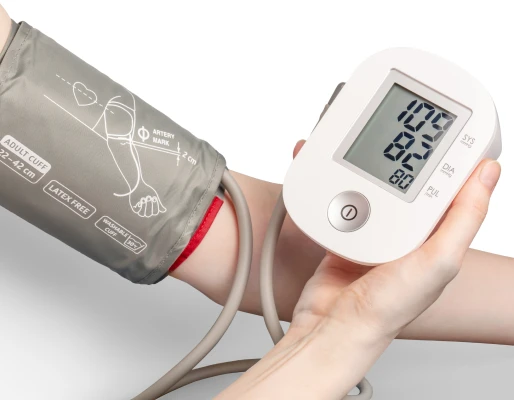
Blood pressure monitor
We recommend that all patients who have had a stroke or TIA monitor their blood pressure regularly and keep it at a healthy target as prescribed by your doctor. You can purchase a blood pressure monitor at your local pharmacy or online.
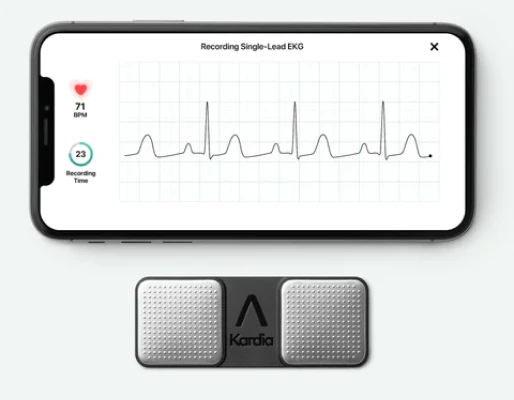
Monitoring atrial fibrillation at home with an ECG
If your medical team advises you to monitor for an irregular heart rhythm such as atrial fibrillation, you can purchase an ECG (electrocardiogram) monitor for home monitoring, such as the KardiaMobile from Alivecor or Apple Watch (if you have an iPhone).
Learn more about monitoring for atrial fibrillation
Other information
Top tips
Staying still in an MRI or CT scan
If you need to have a CT or MRI scan, try to stay as still as you can, as this will help show a clear picture of your brain.
Roisin Callaghan | Stroke Clinical Nurse Specialist |
If you are claustrophobic, let the healthcare team know
If you suffer with claustrophobia, let your healthcare team know before you go for your MRI. Sedative medications can be prescribed to help keep you calm during the scan.
Roisin Callaghan | Stroke Clinical Nurse Specialist |